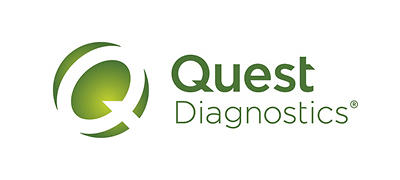Example 1
HCV NS5A Subtype: 3a
Daclatasvir Resistance: PROBABLE
Velpatasvir Resistance: PROBABLE
MUTATIONS DETECTED Y93H
Example 2
HCV NS5A Subtype: 3a
Daclatasvir Resistance: NOT PREDICTED
Velpatasvir Resistance: NOT PREDICTED
MUTATIONS DETECTED NONE





